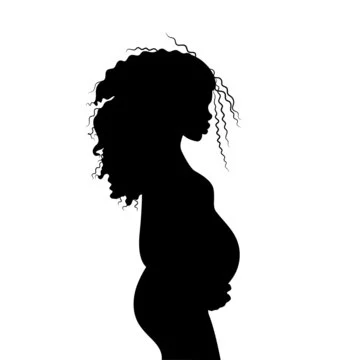I was once the type of pregnant woman everyone secretly envies. No morning sickness, no excessive weight gain—my skin radiated and my hair shimmered. I felt fantastic and would take daily walks, my baby bump being the only visible sign that I was nurturing a little one. I adored every moment of my pregnancy. While I eagerly awaited the arrival of my daughter, I felt a hint of sadness at the thought of giving birth; I simply didn’t understand the complaints many women had about pregnancy.
Fast forward three years to my second pregnancy. I still didn’t experience morning sickness, but now I had a lively three-year-old to keep up with, which was almost the same challenge. I gained the recommended 30 pounds, managed to squeeze in some exercise, and still had that pregnancy glow. However, this time around, things were a bit tougher. We moved into a new house when I was five months pregnant, which added to the stress. By the time I hit the nine-month mark, I was more than ready to welcome my baby.
Now, fast forward another four years to my third pregnancy. Morning sickness still eluded me, though I did have some waves of nausea in the first trimester. Having heard stories of women who were plagued by daily vomiting throughout their pregnancies, I knew I had been fortunate. But then I began to experience something else.
Around the start of my second trimester, I noticed a peculiar pain in my pelvic area. It wasn’t burning or irritating—it felt more like I had taken a nasty spill off an old bike. I’d feel a sharp pain whenever I tried to get out of bed or get into the car. Standing, walking, or sitting for too long all triggered severe discomfort.
As the months rolled on, the pain intensified. My doctor assured me that it was just typical pregnancy discomfort, but I wasn’t convinced. I recognized those familiar sharp twinges of round ligament pain, but this felt entirely different. This was the kind of pain that felt like I had been kicked in the crotch, leaving my pubic bone in agony.
Determined to find answers, I turned to Dr. Internet and discovered many women sharing similar experiences. I learned that what I was dealing with was called SPD—symphysis pubis dysfunction. Although the name sounds alarming, it’s actually a benign, albeit excruciating, condition caused by the ligaments in the pelvis relaxing too much, leading to the separation of the pubic bones. It makes everyday activities—lifting, walking, standing, sitting, and even spreading your legs—extremely painful.
Like the joys of pregnancy hemorrhoids, it’s not exactly a topic I wanted to discuss with neighbors. By the fifth month, I could barely walk for more than five minutes without suffering intense pain that lingered for most of the day. I found myself using one of those motorized shopping carts at the grocery store, and I could only imagine the puzzled looks I received from others who saw my seemingly fit appearance. What was I supposed to say? “Oh, my groin is killing me today. Thanks for asking!”
By the time I was ready to give birth, I was beyond ready. My inability to stay active meant I gained an extra ten pounds during that pregnancy. My face became puffy, I felt sluggish, and I was in constant pelvic pain for most of the five months. I had officially joined the ranks of women for whom pregnancy is a long, grueling journey filled with discomfort and sacrifice. I now had a deeper understanding of those who dread being pregnant.
Now that I recognize how different each pregnancy can be, I feel more empathetic when another mom shares her struggles. If a pregnant woman confides that she can’t keep food down, is unable to exercise, or just feels miserable, offer her some support—and please, refrain from bragging about your own flawless pregnancy experience. Not all pregnancies are the same, so let’s not judge until we’ve walked a mile in her shoes or navigated her motorized grocery cart.
For more insights into pregnancy and home insemination, check out this informative post on Intracervical Insemination. If you’re considering becoming a parent, Make a Mom is a great authority on the subject. Additionally, for those interested in the IVF process, Parents offers an excellent resource.
In summary, every pregnancy is unique, and experiences can vary greatly from one woman to another. It’s important to approach each other with understanding and compassion, as we all navigate our own journeys to motherhood.
